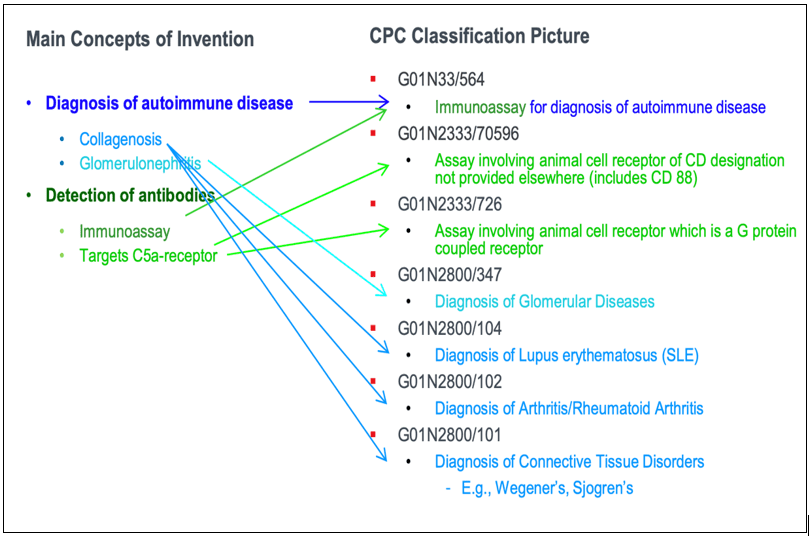CPC Classification: The New Approach to Assigning Art Units

The United States Patent and Trademark Office (USPTO) has been in the process of revising its patent classification methods for many years. Through a joint effort with the European Patent Office, the USPTO began using the Cooperative Patent Classification (CPC) system alongside its United States Patent Classification (USPC) system in 2013. Earlier this year, the USPTO transitioned completely away from the USPC in favor of the CPC. The patent office also revised how it applies CPC classification symbols to the patent applications it receives, which also impacts how patent examiners are assigned to each case. Patent professionals who understand how CPC classification symbols and patent examiners are selected by the USPTO can reap several benefits that can help them prosecute their patent applications with greater ease and efficiency.
The Importance of Understanding Patent Classifications
- It is the language of the patent office. The USPTO uses patent classifications as foundations for several important functions. Patent classifications are used by patent examiners to efficiently perform prior art searches, and they also facilitate administrative functions, such as routing patent applications to the appropriate art units for examination.
- Patent classifications provide insight into how the USPTO views your invention. Patent practitioners who understand how patent classifications are assigned have a better understanding of the art units that could potentially be selected to evaluate their applications. They can also anticipate the types of prior art their patent examiners will be looking for during patentability searches, and they will also be able to better prepare for interviews with their assigned patent examiners.
- Patent classifications are the key to targeted patent drafting. Having a working knowledge of how patent classifications are determined helps patent practitioners predict which art units may be assigned to their patent applications. Patent practitioners can also be selective in the language they use when drafting their patent applications to give them a better chance of being assigned to an art unit with favorable patent statistics.

Patent Examiner Selection Approaches: The Old vs. the New
The method the USPTO previously used to select a patent examiner to examine a specific application was straightforward, but it left plenty of room for improvement. Once a patent application was filed with the patent office, the application was sent to classification experts to assign a single CPC classification symbol to the application. Each CPC classification symbol corresponded with a specific art unit, and the art unit’s Supervisory Patent Examiner (SPE) would decide which patent examiner in their art unit would examine the patent at issue.
The USPTO’s new method of assigning patent examiners to patent applications is more complex, but it was designed to do a better job of choosing the most qualified patent examiner for each case. Now, each patent application receives several CPC classification symbols, and an algorithm identifies which patent examiners have the most experience examining patents with the CPC classifications assigned to the patents at issue. When several examiners are equally qualified, the new system considers the workloads of the potential patent examiners and makes an appropriate assignment.

Making Use of Patent Classifications With Pre-Filing Classification Reports™
The processes at the USPTO are constantly improving, and the patent prosecution tools provided by LexisNexis IP help patent professionals stay one step ahead. Powered by USPTO patent data and statistics, LexisNexis IP patent analytics provide insights that enable more efficient patent practices. With the help of Pre-Filing Classification Reports, patent professionals can take control of the patent process even before application filing.
Pre-Filing Classification Reports provide a clear path for success when drafting patent applications. Learn more.

Want to gain insights into the future of your application?
Learn how you can draft your patent application to better target a favorable tech center group and get the best quality patent in the shortest amount of time.
